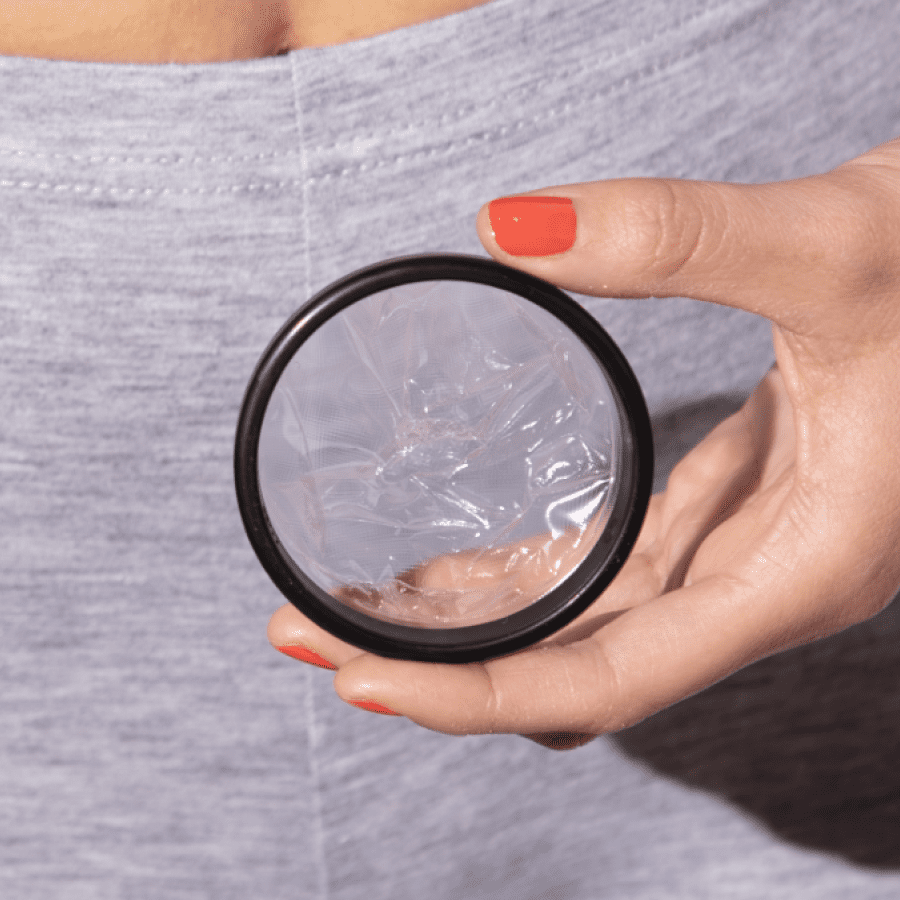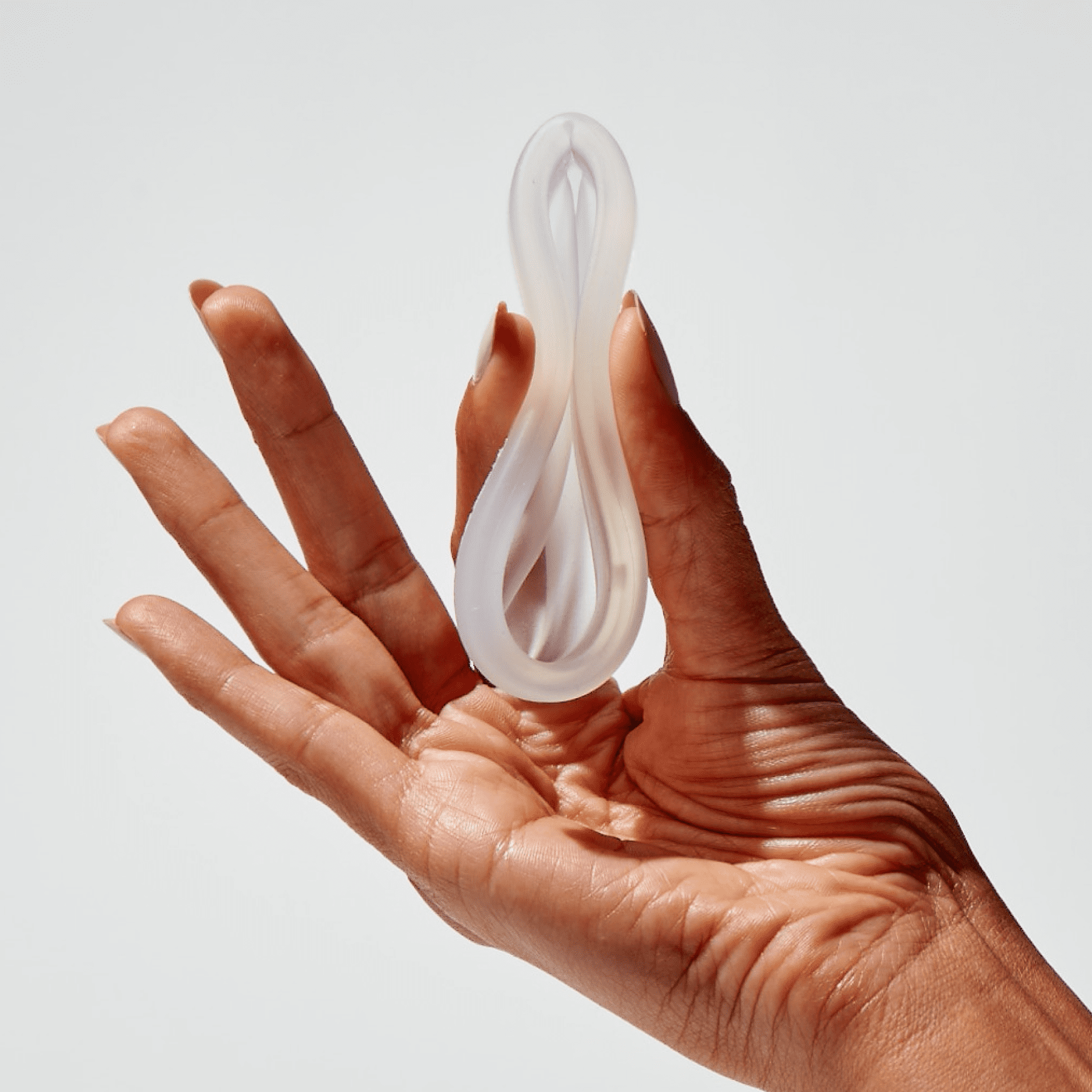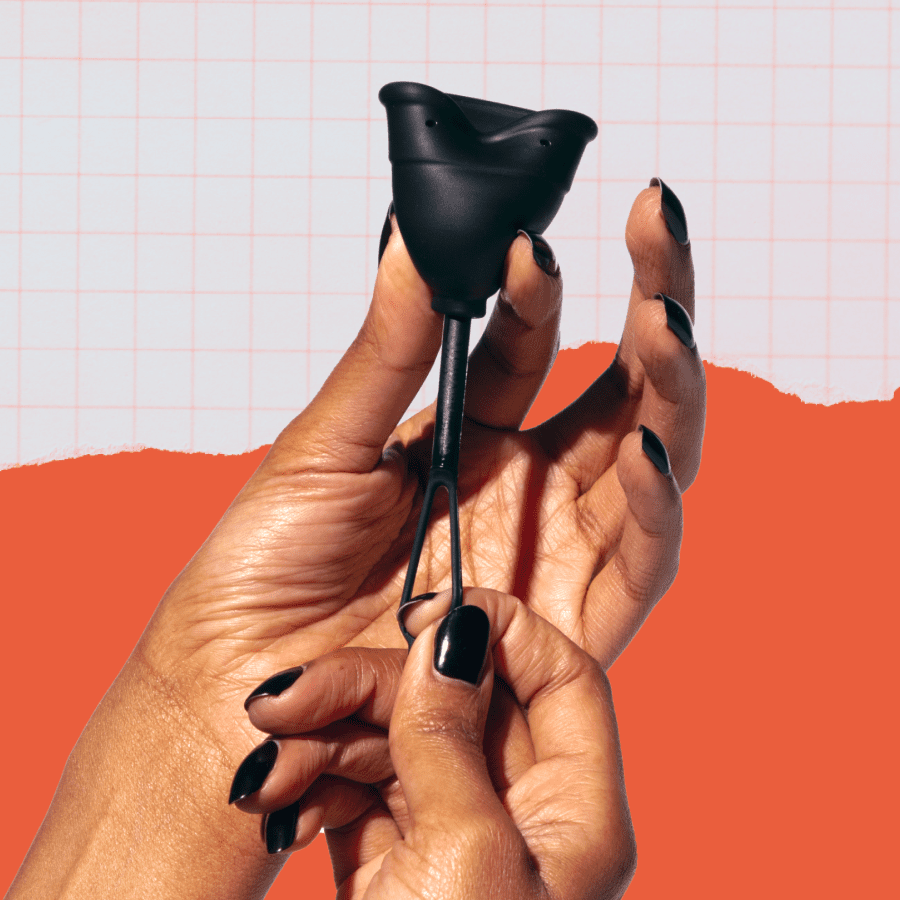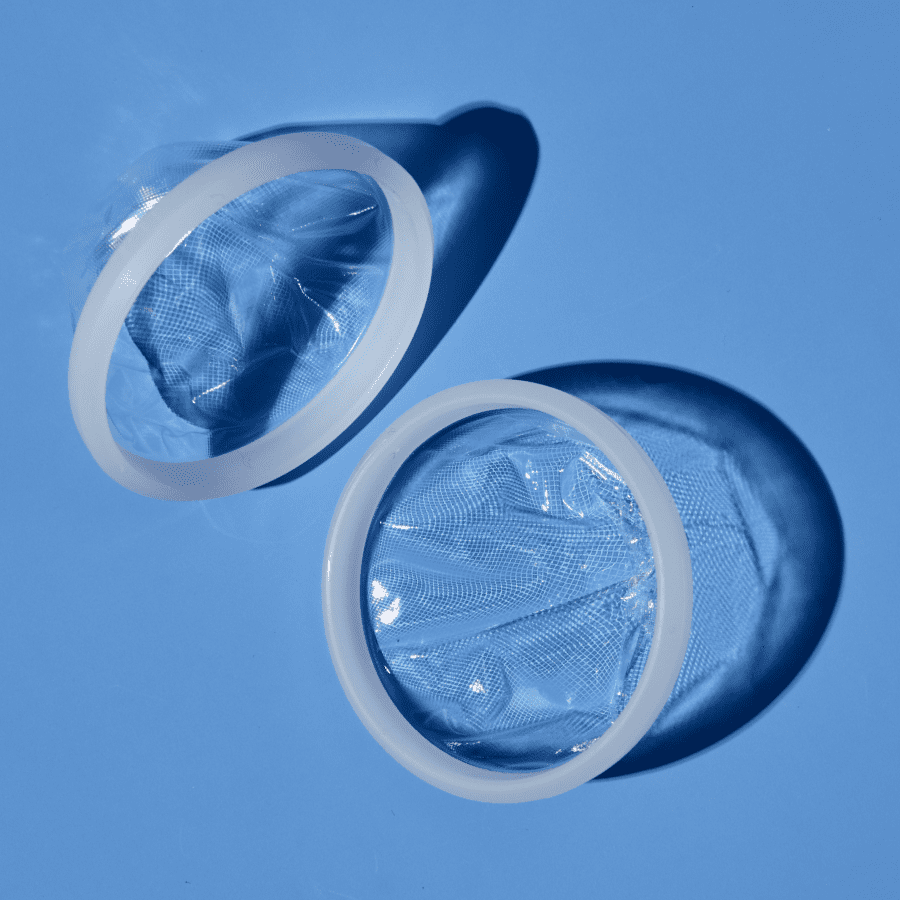Is BV a sign of cheating? All about bacterial vaginosis
Everything you need to know about Bacterial Vaginosis causes, symptoms, treatment, & prevention
It’s Monday morning after a wild weekend. As you sit down on the toilet to pee, you notice an… unusual… odor. It’s coming from your vagina. And to top it off, your favorite pair of underwear is now ruined thanks to a layer of thin, gray vaginal discharge.
Is it just a really bad hangover, or does that scent sort of remind you of a fishing pier at low tide? Hate to break it to you, but it’s probably not the hangover.
More likely, it’s a common vaginal infection known as bacterial vaginosis. Don’t panic. BV is treatable and, while uncomfortable, it’s not a serious or life-threatening condition.
Here’s everything you need to know about bacterial vaginosis, including what causes it, common signs and symptoms, ways to treat it. And – if you happen to be in a relationship – whether or not it could be a sign of infidelity.
What is bacterial vaginosis (BV)?
Bacterial vaginosis (often abbreviated to BV) is a type of vaginitis (AKA vaginal infection). An estimated 21.2 million (this is 29.2%) people AFABAFAB stands for “assigned female at birth.” ages 14–49 in the US are affected by BV.1 It’s a common condition that has a lot to do with that little ecosystem in your crotch, your vaginal microbiome.
Quick science lesson: Human bodies are made up of just as much bacteria as they are actual human cells (wild, right?!).2 This includes our vaginas, which contain up to 20 different species of lactobacillus bacteria alone.3 Lactobacilli are the good guys.
If you’ve read our article on vaginal pH balance, you’ll recall these good bacteria. They play a key role in keeping the vagina acidic – specifically, at a pH of between 3.5 and 4.5.
Vaginas also contain a certain amount of “bad” bacteria, most of which are anaerobic species. These bacteria can’t survive as well in an acidic environment, which is why the acid-producing lactobacilli are so important: They keep your vaginal microbiome in check and prevent infections from taking hold.
However, if certain endogenous (internal, i.e. hormone fluctuations) or exogenous (external, i.e. semen entering the vagina) factors suddenly increase your vaginal pH, things can get out of whack. With a higher pH, “bad” bacteria have a more pleasant environment in which to expand and flourish – which they very happily do.
Bacterial vaginosis vs yeast infection
Animbalance in vaginal pH can lead to one of two things: A vaginal yeast infection or bacterial vaginosis. While the former has to do with the overgrowth of a naturally-present fungus, candida albicans. Taking antifungal medication for three to seven days usually clears a yeast infection. The latter – BV – is all about those “bad,” anaerobic bacteria.
Researchers have found that the following species of bacteria and microorganisms are most commonly associated with bacterial vaginosis:4
- Gardnerella vaginalis
- Anaerobic Prevotella, Porphyromonas and Bacteroides
- Peptostreptococcus
- Mycoplasma hominis
- Ureaplasma urealyticum
- Mobiluncus
Of these, G. vaginalis is by far the most common indicator of BV. However, it is usually a collection of organisms that are the culprit.4
The same study also found that individuals with bacterial vaginosis presentlower concentrations of Lactobacillusthan those with a normal vaginal examination.
PS: Major bonus points if you just tried to pronounce all of those bacteria names out loud.
Compare the symptoms: BV vs. yeast Infection
Yeast infection symptoms include itching, burning, and a thick white discharge resembling cottage cheese. On the other hand, BV is a bacterial infection that presents different symptoms, such as a foul-smelling discharge that is often gray or white in color, itching, and irritation.
It is important to note that both conditions can cause discomfort and inconvenience for those affected. However, they require different treatment approaches. While antifungal medications are usually effective in treating yeast infections, bacterial vaginosis may require antibiotics to restore the natural balance of bacteria in the vagina.

Bacterial vaginosis symptoms: what to look out for
The most common symptoms of bacterial vaginosis include:56
- Gray, off-white, or greenish vaginal discharge, usually thin and watery
- A strong smell, a “fishy” vaginal odor that’s more noticeable after sex or after your period
- Vaginal irritation or itchiness
- Burning when you pee
- Vaginal soreness or discomfort
Some folks won’t experience any symptoms with BV, or they may only notice a change in discharge or vaginal odor. Also, keep in mind that symptoms of BV can sometimes mirror symptoms of a yeast infection or various Sexually Transmitted Infections (STIs).
If you’re experiencing any changes invaginal discharge, odor, itching, irritation or burning, talk to your healthcare provider. If you’re not sure if you have BV or a yeast infection, speak with a health professional before self-medicating.
How is BV diagnosed?
There are two ways your provider can diagnose bacterial vaginosis. They can do so by looking at a set of clinical criteria or by performing a test. The test, called a Gram stain, is what the CDC calls the “gold standard laboratory method for diagnosing BV.”
A Gram stain test measures the relative concentration of lactobacilli against other types of bacteria present in a sample of vaginal discharge.
To confirm a case of BV, your provider may not feel that a Gram stain is necessary. In this case, they may instead perform a pelvic exam and rely on clinical criteria to make a diagnosis. As outlined by the CDC, your provider will need to see at least three of the following signs or symptoms:7
- Unusual vaginal discharge that smoothly coats the vaginal walls;
- Clue cells (e.g., vaginal epithelial cells studded with adherent coccobacilli) on a microscope;
- A vaginal pH of 4.5 or higher;
- A fishy smell of vaginal discharge before or after addition of 10% KOH (the “whiff test”)
Common causes of BV
Fundamentally, bacterial vaginosis is “caused” byan imbalance of the vaginal microbiota. Douching or having sex without protection can lead to BV. You cannot get BV from hot tubs, pools, or toilet seats. Additionally, BV cannot be transmitted by touching a surface that has been touched by a person with BV.
There are a number of factors that put certain people at a higher risk for BV. Bacterial vaginosis causes include:
Being sexually active
It’s a common misconception that you can only get BV if you’re having sex, but that’s not the case: Anyone with a vagina can get bacterial vaginosis. However, being sexually active significantly increases your risk for BV.
This is true especially if you have multiple sex partners, aren’t using condoms or other barrier methods, are someone with a vulva whose partner also has a vulva, and/or just have a new sex partner.6 BV can spread through sharing sex toys, oral-genital contact, and fingers.
Researchers have yet to fully understand why sexual activity is linked with BV. However, a new study found an interesting link between BV and oral sex.
A common type of bacteria found in the mouth may be a culprit. This bacteria is also linked to gum disease and dental plaque. It’s called fusobacterium nucleatum, and it appeared to spur the growth of other bacteria implicated in BV.8

Pregnancy
According to the American Pregnancy Association, “10% – 30% of pregnant women will experience bacterial vaginosis (BV) during their pregnancy.”9 Another study found that up to 50% of pregnant people will have BV at some point during their pregnancy.10 This is likely thanks to the rollercoaster of hormonal fluctuations pregnant individuals experience (more on that below).
Intrauterine devices (IUDs)
A few different studies have been conducted to investigate the relationship between IUD birth control use and the prevalence of BV. While some studies found no correlation between the two, several found that IUD wearers had an increased risk of bacterial vaginosis.
According to one report, “Possible explanations for an association between IUD use and BV acquisition include increased anaerobic bacteria in the vagina due to the presence of a string in the vagina or a foreign body in the uterus, or increased volume and duration of menstruation in users of the copper IUD.”11
Period blood, BTW, has a higher pH than the vagina’s ideal range. This is why getting your period can sometimes throw off your delicate vaginal microbiome.
Douching
Douching is a bigtime no-no when it comes to BV prevention. Douches, feminine deodorants, sprays, and perfumed washes will all significantly alter and upset your vaginal pH balance.
Your vagina is self-cleaning, so there’s never a good reason to try to “wash it out”. All you need to keep your vulva happy is good ol’ H2O. To put it plainly, out-of-balance vaginal pH = loss of normal balance of vaginal bacteria = bad bacteria take over = BV!12
Hormonal changes
There’s some research to support the idea that estradiol levels (a form of estrogen) and hormonal fluctuations more generally can impact your risk for BV. As reported in a 2007 study, there appears to be “a trend between lower estradiol and abnormal flora which may explain why BV occurs most commonly at the beginning of the menstrual cycle, when estradiol levels are at their lowest.” 13
Diet
We love donuts and cookie dough as much as the next person, but chronic BV sufferers may want to rethink any added sugars in their diet. As explained in a recent (2020) review of the scientific literature on vaginal microbiota, there’s a link between dietary choices and vaginal lactobacilli:
“Diets enriched in nutrients such as vitamins (A, C, D, E), B-carotene and minerals (such Ca and Zn) have been positively related with vaginal wellness, including a reduction in the prevalence of BV and HPV. Meanwhile, diets deficient in these nutrients and hence enriched in sugars (glycemic load) or fats (fatty acids) have negative consequences on homeostasis as well as being related with BV.” 14
Is BV considered an STI?
Technically, no – but it’s complicated. Numerous studies have proven that sexual activity increases one’s risk for bacterial vaginosis. The CDC even lists BV under their STD Resource website. However, because people who aren’t sexually active can still get BV, it’s not considered an official STD/STI.6
However, having BV does put you at an increased risk for contracting STIs like trichomoniasis, HIV, herpes, chlamydia, and gonorrhea.15 If left unchecked, these STIs can even lead to Pelvic Inflammatory Disease (PID). All the more reason to stay on top of your health and reach out to a provider if you’re noticing anything weird going on with your vag!
So… Is BV a sign of cheating?
Go ahead and exhale: A case of BV does not mean your partner is cheating! Or perhaps you’re reading this because your partner, who has a vagina, just got BV. That doesn’t mean they’re cheating, either.
Having a new partner or a number of sex partners may increase one’s risk for bacterial vaginosis. However, there are a number of other non-sex-related factors that can cause it, too.
If you’re worried that you might have a legit STD/STI, there’s no harm in getting tested. As mentioned previously, BV symptoms can look and feel similar to common STD symptoms.
To find out where and how to get tested for STDs, check with your primary care provider or OB-GYN. You can reach out to your local Planned Parenthood clinic, as well. There are even at-home testing kits you can purchase online. Just be aware that these kits are not typically covered by insurance.
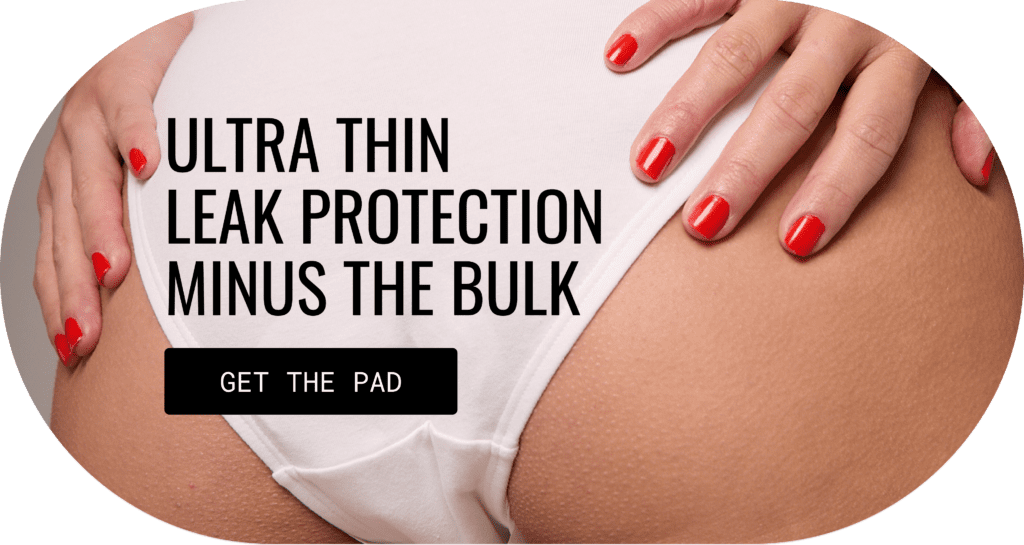
How to get rid of BV: Bacterial vaginosis treatment options
Bacterial vaginosis treatment requires an individualized approach, since no two people with the infection will have the same sort of bacterial imbalance. The root cause often varies widely, as well. That means, unfortunately, that treating recurrent BV tends to be a process of trial and error.
For some individuals, BV goes away on its own after a few days or weeks, depending on their immune system. For others, the symptoms linger and eventually begin to interfere with day-to-day life. At this point, you should talk to your healthcare provider to help you find the best treatment options. For persistent BV, your doctor might prescribe antibiotics to help clear out the bad bacteria.6
Commonly prescribed antibiotics for BV include:16
- Metronidazole
- Clindamycin
- Tinidazole
Many of these treatments come in either an oral med or in a vaginal gel or cream. You can apply the gel or cream directly into the vagina, with the help of an applicator.
If your symptoms are mild, here are a few ways to treat bacterial vaginosis at home:*
- Take a break from sexual activity. Don’t have sex until bacterial vaginosis has cleared up and you’re symptom-free. To prevent future cases, try using condoms or dental dams during penetrative sex and showering after sex.
- Try a probiotic supplement. Alternatively, integrate more probiotic foods into your diet, like Greek yogurt, kefir, kimchi, and sauerkraut, to support your vaginal microbiome.
- Wear cotton underwear. Cotton breathes better than other synthetic materials – and that airflow is great for discouraging the growth of bad (anaerobic) bacteria. Want to take it up a notch? Try sleeping naked for a few nights.
- Switch up your period product. The absorbent cotton in tampons, for instance, encourages bacterial overgrowth by trapping and holding menstrual blood against your vaginal walls. Try a menstrual disc, instead: Discs are made from inert materials that won’t alter your vaginal microbiome or throw off your pH levels. If you do use tampons, make sure to change them at least three times daily.
If you believe you got BV from sexual contact, the Mayo Clinic offers this piece of advice:
“It’s generally not necessary to treat an infected woman’s male sexual partner, but bacterial vaginosis can spread between female sexual partners. Female partners should seek testing and may need treatment.”
Bacterial vaginosis pregnancy complications
One final note: If you’re pregnant and experiencing BV symptoms, it’s especially important to talk to your healthcare provider right away. Bacterial vaginosis can lead to complications in a developing fetus. While they’re relatively rare, these pregnancy complications can include premature birth and/or low birth weight.16
Bacterial vaginosis: Key takeaways
- Bacterial vaginosis is a common vaginal infection. It is (fundamentally) caused by an imbalance of good and bad bacteria in the vaginal “ecosystem.” This imbalance results in a higher-than-normal vaginal pH
- You’re at a higher risk for BV if you are sexually active, pregnant, use douches or vaginal deodorant products internally, have an IUD, or are experiencing hormonal changes or fluctuations
- Sometimes, BV goes away on its own. However, your provider may prescribe antibiotics either orally or vaginally to clear up a persistent case
- The best way to keep a healthy vagina and prevent bacterial vaginosis is by practicing safe sex (especially via barrier method), eating a healthy diet, wearing breathable underwear, and choosing period products that are biologically inert (like a menstrual cup or disc) and that don’t alter vaginal pH
This article is informational only and is not offered as medical advice, nor does it substitute for a consultation with your physician. If you have any gynecological/medical concerns or conditions, please consult your physician.
© 2024 The Flex Company. All Rights Reserved.
- Centers for Disease Control and Prevention. (2020, February 10). CDC – Bacterial vaginosis statistics. https://www.cdc.gov/std/bv/stats.htm[↩]
- Sender, R., Fuchs, S., & Milo, R. (2016). Revised Estimates for the Number of Human and Bacteria Cells in the Body. PLoS biology, 14(8), e1002533. https://doi.org/10.1371/journal.pbio.1002533[↩]
- Young, V. B., Britton, R. A., & Schmidt, T. M. (2008). The human microbiome and infectious diseases: Beyond Koch. Interdisciplinary Perspectives on Infectious Diseases, 2008, 1-2. https://doi.org/10.1155/2008/296873[↩]
- Hill, G. B. (1993). The microbiology of bacterial vaginosis. American Journal of Obstetrics & Gynecology, 169(2), 450-454. https://doi.org/10.1016/0002-9378(93)90339-K[↩][↩]
- Planned Parenthood. (n.d.). What is bacterial vaginosis? Symptoms, signs and causes. https://www.plannedparenthood.org/learn/health-and-wellness/vaginitis/what-bacterial-vaginosis[↩]
- Cleveland Clinic. (2020, June 5). Bacterial vaginosis: What is it, symptoms, causes & treatment. https://my.clevelandclinic.org/health/diseases/3963-bacterial-vaginosis[↩][↩][↩][↩]
- Centers for Disease Control and Prevention. (2020, July 8). 2015 STD treatment guidelines: Bacterial vaginosis. https://www.cdc.gov/std/tg2015/bv.htm[↩]
- Agarwal, K., Robinson, L. S., Aggarwal, S., Foster, L. R., Hernandez-Leyva, A., Lin, H., Tortelli, B. A., O’Brien, V. P., Miller, L., Kau, A. L., Reno, H., Gilbert, N. M., Lewis, W. G., & Lewis, A. L. (2020). Glycan cross-feeding supports mutualism between Fusobacterium and the vaginal microbiota. PLOS Biology, 18(8), e3000788. https://doi.org/10.1371/journal.pbio.3000788[↩]
- American Pregnancy Association. (2020, October 15). Bacterial vaginosis during pregnancy: Symptoms & treatment. https://americanpregnancy.org/healthy-pregnancy/pregnancy-complications/bacterial-vaginosis-during-pregnancy-810/[↩]
- Nelson, D. B. (2002). Bacterial vaginosis in pregnancy: Current findings and future directions. Epidemiologic Reviews, 24(2), 102-108. https://doi.org/10.1093/epirev/mxf008[↩]
- Madden, T., Grentzer, J. M., Secura, G. M., Allsworth, J. E., & Peipert, J. F. (2012). Risk of bacterial vaginosis in users of the intrauterine device: a longitudinal study. Sexually transmitted diseases, 39(3), 217–222. https://doi.org/10.1097/OLQ.0b013e31823e68fe[↩]
- Mayo Clinic. (2019, May 1). Bacterial vaginosis – Symptoms and causes. https://www.mayoclinic.org/diseases-conditions/bacterial-vaginosis/symptoms-causes/syc-20352279[↩]
- Wilson, J. D., Lee, R. A., Balen, A. H., & Rutherford, A. J. (2007). Bacterial vaginal flora in relation to changing oestrogen levels. International journal of STD & AIDS, 18(5), 308–311. https://doi.org/10.1258/095646207780749583[↩]
- Barrientos-Durán, A., Fuentes-López, A., De Salazar, A., Plaza-Díaz, J., & García, F. (2020). Reviewing the composition of vaginal microbiota: Inclusion of nutrition and probiotic factors in the maintenance of Eubiosis. Nutrients, 12(2), 419. https://doi.org/10.3390/nu12020419[↩]
- Centers for Disease Control and Prevention. (2020, February 10). STD facts – Bacterial vaginosis. https://www.cdc.gov/std/bv/stdfact-bacterial-vaginosis.htm[↩]
- Mayo Clinic. (2019, May 1). Bacterial vaginosis – Diagnosis and treatment. https://www.mayoclinic.org/diseases-conditions/bacterial-vaginosis/diagnosis-treatment/drc-20352285[↩][↩]

